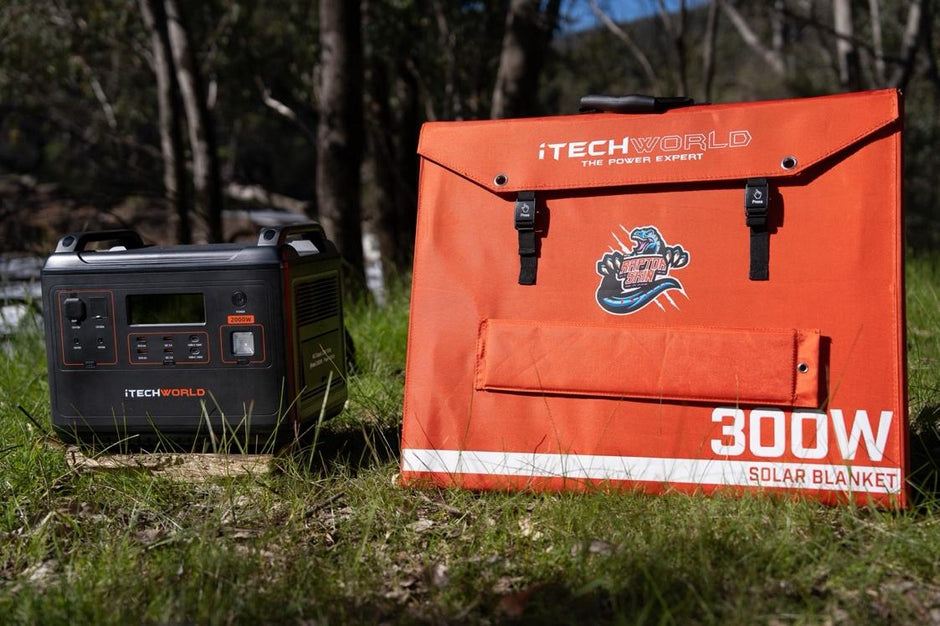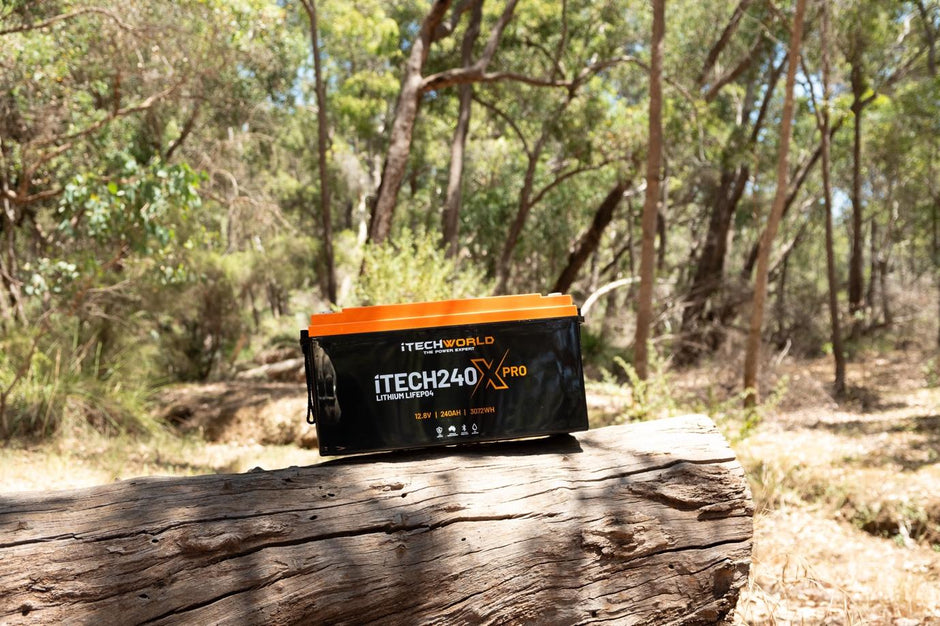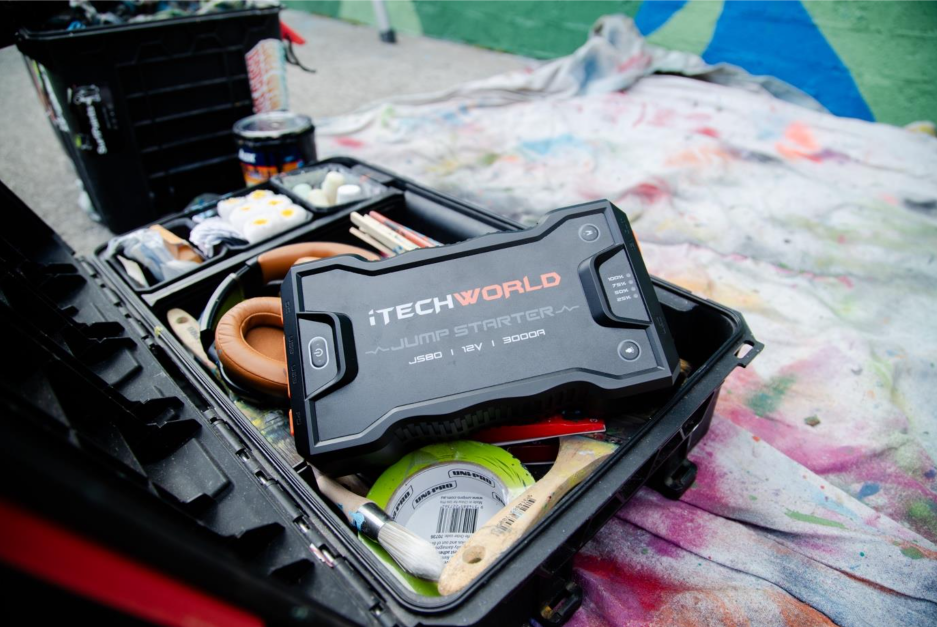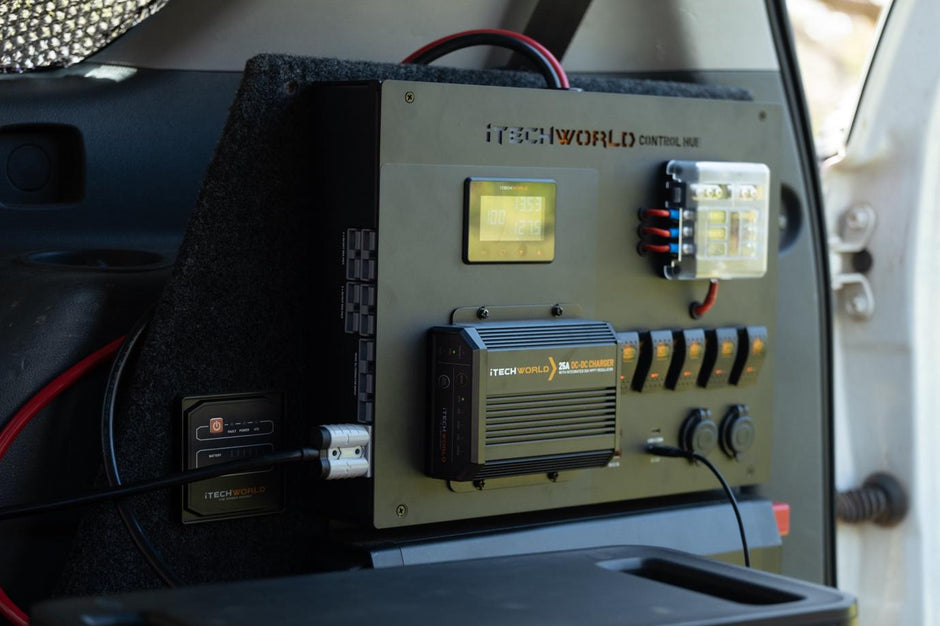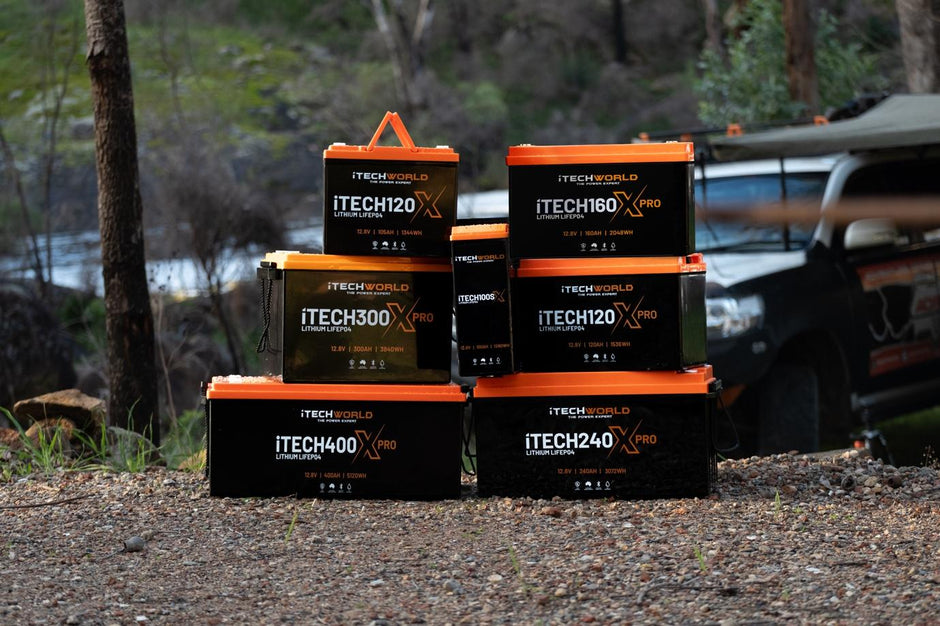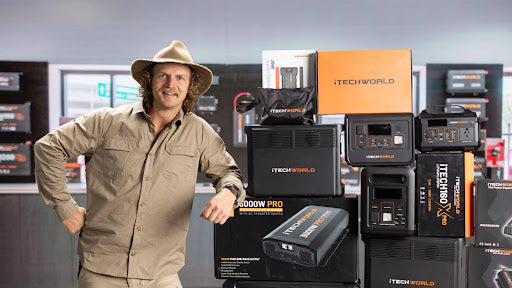It’s to be expected that your winter solar performance will be lower than summer. Still, with the right setup, you can still capture plenty of useful power for off-grid systems and backup. This guide walks you through all the practical, field-tested steps, from panel tilt and cleaning to MPPT controllers and battery insulation, so you can get that little bit more from your system in colder months. Follow these measures to reduce shortfalls, make for better charging, and avoid all the common winter pitfalls we see every season.
1. Optimise Panel Angle & Orientation
-
As the sun gets lower in the sky, increase your panel’s tilt by 10° to 15° past summer angles. This maximises your panels’ exposure to direct sunlight during peak hours.
-
Point any fixed panels towards true north (true south if you’re in the Northern Hemisphere) to capture the most sun across the day. Smaller deviations (up to 20°) won’t ruin performance too much, but it’s still best to aim for that sweet spot.
2. Keep Panels Clean & Clear
-
Winter comes with wind, mud, rain and grime. Even a thin layer of dirt can cut output by up to 25%. Gently wipe down your solar with a soft cloth and water every few weeks to get rid of anything that shouldn’t be there.
-
If you’re in a mountainous or wooded area, shake off any leaf litter and/or snow as soon as it lands. Stay clear of any hard scraping; solar panels are tough, but not invincible.
3. Keep Shade & Obstructions to a Minimum
-
Even small tree branches can still cast big shadows! Trim down tree limbs or other bush growth that intrudes on any panels.
-
If you’re using foldable blankets or portable panels, reposition them throughout the day to stay in full sun; something that’s particularly true during cloudy weather.
4. Use an MPPT Charge Controller
-
An MPPT (Maximum Power Point Tracking) controller can squeeze out 20–30% more energy out of your panels in low-light conditions compared to simpler solar controller units. It constantly adjusts voltage and current to keep panels working at the highest level, even as sunlight starts to die down.

5. Budget Your Energy Wisely
-
In winter, try to stagger your non-essential devices to midday and run any critical loads in the early evening.
-
Use a battery monitor or app to track daily production against your consumption. If you spot any shortfalls, dial back the loads you can or plan for extra charging time when the sun hits its peak.
6. Warm Up Your Battery
-
Battery performance will get worse in the cold. If your unit is located somewhere that’s uninsulated, you should think about using a simple thermal wrap or placing a small heat mat controlled by your charge controller. Keeping your batteries above 5°C helps them accept and deliver charge more efficiently.
-
When possible, shift your smaller stations indoors overnight. Even a 5°C boost has the power to translate into noticeably better charging, as well longer run times.
7. Expand Where Possible
-
Winter solar output will obviously be lower than summer output. If you rely heavily on solar energy, consider adding an extra panel or two to cover cloudy days and shorter daylight hours.
-
Running panels in parallel means shade on one string won’t drag the others down. It’s a great way to set up for overcast winter skies!
8. Maintain Your System
-
Check over your wiring, connectors, and fuses for corrosion or looseness. Winter weather will cause extra stress on cables and mounting hardware.
-
If your charge controller or monitoring unit supports upgrades, always stay up to date with the latest firmware. Manufacturers may improve low-light algorithms and safety features over time.
In Summary
Winter solar doesn’t have to be a struggle. With a few minor adjustments like fine-tuning the panel angle, keeping surfaces clean, minimising shade, utilising MPPT technology, budgeting your energy, and protecting your batteries from the cold, you’ll get more out of your system through the chilliest months.
Ready to winterise your system? Explore our range of solar solutions, MPPT controllers, and accessories today!

